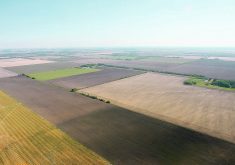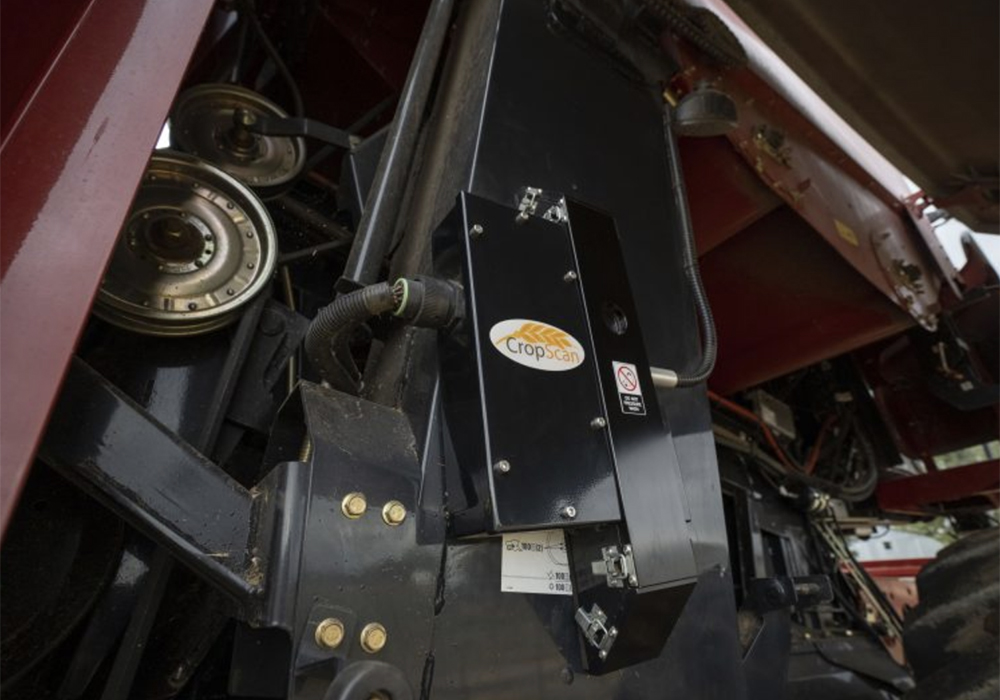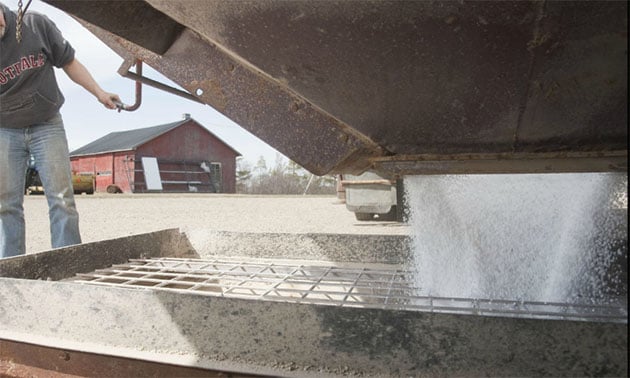Financial management is not that interesting for many farmers. It can at times be confusing and difficult to understand.
However, financial management is requiring more attention as the business of agriculture evolves and farms advance.
All farmers have their own management skills, but many producers, as with other managers, fall into the category of “room for improvement.”
The annual set of financial statements belongs to the farmer and is for his information and use. However, many farmers treat the statements as if the main purpose is for third parties such as the Canada Revenue Agency and lenders. The statements fulfill these roles, but the primary purpose should be to provide information that the farmer can use to manage the business.
Read Also

Important to write farmland rental agreements properly
Are you considering renting out your farmland? If so, there are important tax considerations when making this decision. The rental…
Generally, farmers could be much better at applying financial information to their business management decisions. The majority lack an understanding of where they need to be, financially, in the future.
Common among farmers is the mind set that accepts financial performance as an outcome of the year’s production and related expenses as opposed to setting desired financial performance targets and managing production and related expenses to achieve them.
The following are common mistakes or misunderstandings regarding basic financial management measures.
- not having enough working capital to self-finance operations for the next year. A shortfall must be made up from other sources. Obviously, the greater the shortfall, the more serious the problem. This requires regular monitoring because it can change drastically in one year
- buying capital assets through the operating loan as opposed to setting up a term loan
- selling market inventory in a response to an immediate cash shortfall as opposed to proactively aligning marketing with cash flow needs
- having too much of the total debt due in the next 12 months; an amount that is greater than the farm’s ability to earn the money and turn it into cash
- not structuring debt repayment commitments to match cash flow patterns
- using trade credit and/or credit cards inappropriately
- not understanding the potential implications of the additional risk associated with adding long-term debt, especially with repayment over 15 or more years
- buying assets with no plan and/or not having a capital budget
- buying assets on impulse or to keep up with the neighbours
- carrying too much debt relative to the amount of equity in the business
- being over capitalized. There is too much investment in equipment, resulting in increased amortization and interest costs that, in turn, decrease net profit and therefore, profitability
- equity growth that comes primarily from capital appreciation as opposed to earnings
- having assets that are no longer used and should be converted into cash
- not understanding where operating financial efficiencies are, or aren’t, in the business. Operating financial efficiencies refers to achieving returns, or margins, over production, operating and fixed expenses
- not differentiating between total net profit, which is the bottom line net profit that includes incidental revenue and expenses, and net operating profit, which is the profit that is generated by the core farm business
Agriculture is a volatile business. Profit margins are generally narrow. Investment (operating and capital) is large and increasing. These are all reasons why financial management is becoming increasingly important.
The key step is to determine where there may be room for improvement in your operation.
You don’t have to become a financial management expert. If it’s not your cup of tea, find external resources that can provide you with the information and management support you need.
















